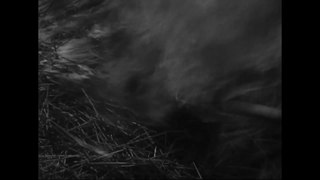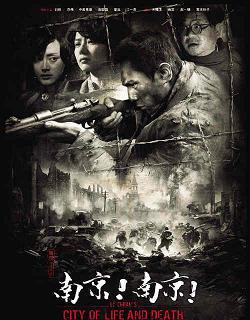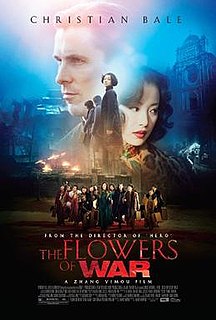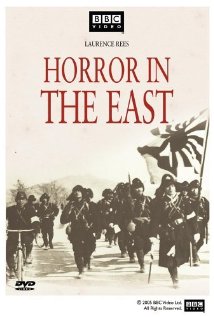 W
WThe Battle of China (1944) was the sixth film of Frank Capra's Why We Fight propaganda film series.
 W
WBlack Sun: The Nanking Massacre, also called Men Behind the Sun 4, is a 1995 Hong Kong historical exploitation horror film written and directed by Mou Tun Fei and is a follow up to his 1988 film Men Behind the Sun. The movie depicts the events behind the Nanking Massacre committed by the Imperial Japanese army against Chinese citizens and refugees during the Second Sino-Japanese War.
 W
WThe Children of Huang Shi is a 2008 historical war drama film starring Jonathan Rhys Meyers, Chow Yun-fat, Radha Mitchell, and Michelle Yeoh, and directed by Roger Spottiswoode. The film centers on the true story of George Hogg and the sixty orphans that he led across China in an effort to save them from conscription during the Second Sino-Japanese war.
 W
WCity of Life and Death is a 2009 Chinese drama film written and directed by Lu Chuan, marking his third feature film. The film deals with the Battle of Nanjing and the following massacre committed by the Japanese army during the Second Sino-Japanese War. The film is also known as Nanking! Nanking! or Nanjing! Nanjing!. The film was released in China on April 22, 2009 and became a major box office success in the country, earning CN¥150 million in its first two and a half weeks alone.
 W
WThe Flowers of War is a 2011 historical drama war film directed by Zhang Yimou, starring Christian Bale, Ni Ni, Zhang Xinyi, Tong Dawei, Atsuro Watabe, Shigeo Kobayashi and Cao Kefan. The film is based on a novella by Geling Yan, 13 Flowers of Nanjing, inspired by the diary of Minnie Vautrin. The story is set in Nanking, China, during the 1937 Nanking Massacre in the Second Sino-Japanese War. A group of escapees, finding sanctuary in a church compound, try to survive the Japanese atrocities.
 W
WHorror in the East: Japan and the Atrocities of World War II (2000) is a two-part BBC documentary film that examines certain actions, including atrocities, and attitudes, of the Imperial Japanese Army in the lead up to and during World War II. The film also examines attitudes held by the British and Americans, toward the Japanese. It was written and produced by Laurence Rees and narrated by Samuel West.
 W
WJohn Rabe is a 2009 German-Chinese-French biographical film directed by Florian Gallenberger and starring Ulrich Tukur, Daniel Brühl and Steve Buscemi.
 W
WNanking (南京) is a Japanese documentary film released in the year 1938. It was composed of footage shot inside and outside the walls of the city of Nanking just after the end of the Battle of Nanking during the Second Sino-Japanese War.
 W
WNanking is a 2007 documentary film about the Nanking Massacre, committed in 1937 by the Japanese army in the former capital city Nanjing, China. It was inspired by Iris Chang's book The Rape of Nanking (1997), which discussed the persecution and murder of the Chinese by the Imperial Japanese Army in the then-capital of Nanjing at the outset of the Second Sino-Japanese War (1937–45). The film draws on letters and diaries from the era as well as archive footage and interviews with surviving victims and perpetrators of the massacre. Contemporary actors play the roles of the Western missionaries, professors, and businessmen who formed the Nanking Safety Zone to protect the city's civilians from Japanese forces. Particular attention is paid to Nazi Party member John Rabe, a German businessman who organized the Nanking Safety Zone, Robert O. Wilson, a surgeon who remained in Nanking to care for legions of victims, and Minnie Vautrin, a missionary educator who rendered aid to thousands of Nanking's women.